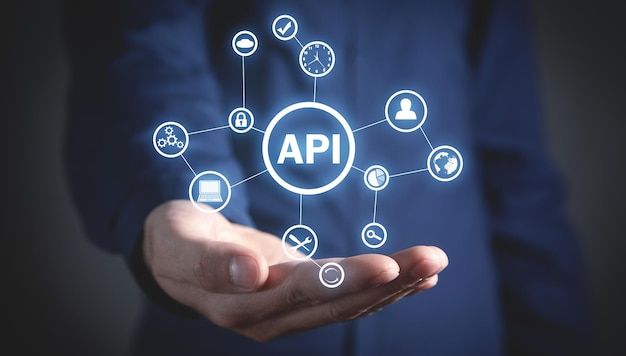Imagine visiting a bustling marketplace. Each shop has something you need, but instead of wandering stall to stall, you hand a list to a guide who fetches exactly what you want—no more, no less. That’s the difference between traditional APIs and GraphQL.
In today’s world, applications thrive on speed and precision. GraphQL, paired with Apollo, offers a way to deliver precisely the correct data at the right time. For developers, mastering this combination means more than technical skill—it’s about shaping user experiences that feel intuitive and responsive.
Why REST Isn’t Always Enough
For years, REST APIs have powered the backbone of digital services. But much like being served a full buffet when all you wanted was a sandwich, REST often delivers either too much or too little. This inefficiency can slow systems, frustrate users, and strain resources.
GraphQL addresses this imbalance. It lets the client request only what’s needed, saving bandwidth and boosting speed. In industries where seconds matter—finance, e-commerce, logistics—this makes a tangible difference.
Many learners exploring API design in a full-stack developer course in Hyderabad quickly see why REST alone struggles to meet modern application needs.
Apollo: The Bridge Between Client and Server
If GraphQL is the menu, Apollo is the waiter who ensures the right dish arrives at the table. Acting as middleware, Apollo manages queries, caching, and state seamlessly.
It doesn’t just deliver data—it remembers prior requests and streamlines future ones. This creates smoother user experiences, whether scrolling through social feeds, updating dashboards, or checking live orders.
For teams, Apollo standardises the data flow across projects, reducing friction and ensuring efficiency at scale.
Practical Use Cases Across Industries
The strength of GraphQL and Apollo is visible across industries. Streaming platforms customise recommendations instantly, e-commerce giants optimise product feeds, and healthcare systems deliver patient insights securely and in real time.
GraphQL’s flexibility ensures each query is tailored, while Apollo guarantees consistency and performance. This balance makes them indispensable in modern development.
Hands-on exposure in structured environments—like a full-stack developer course in Hyderabad—allows learners to replicate these real-world scenarios, preparing them for the demands of production systems.
The Future of API Development
As digital ecosystems expand, precision in data delivery is no longer optional—it’s essential. GraphQL and Apollo represent a shift toward smarter, client-driven systems that scale without unnecessary overhead.
Tomorrow’s developers will need more than coding ability—they’ll need architectural vision. Those who master modern API tools will be positioned to design resilient, future-ready applications.
Conclusion
GraphQL and Apollo are reshaping the way APIs are designed and consumed. By combining precision with efficiency, they help developers craft systems that are fast, reliable, and user-focused.
The future of development belongs to those who can bridge innovation with usability—and GraphQL with Apollo offers exactly that bridge.
